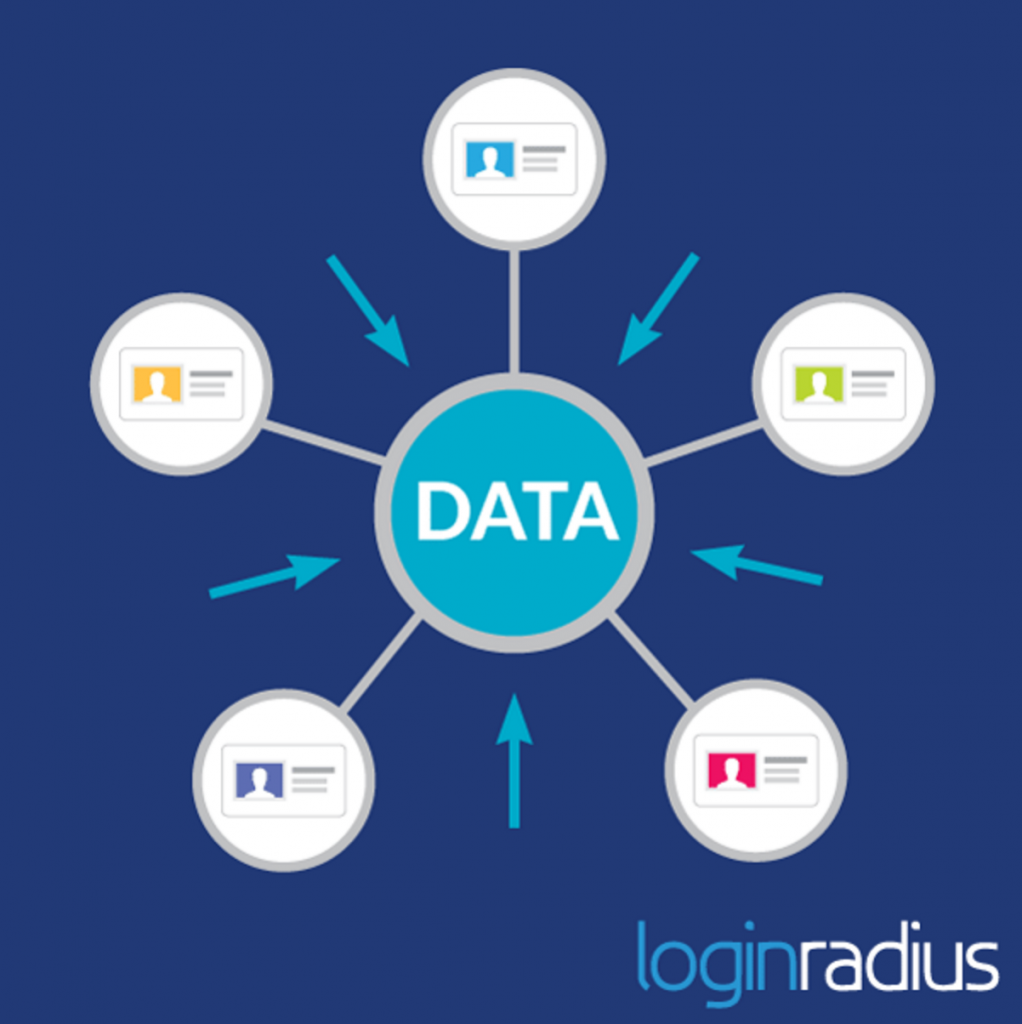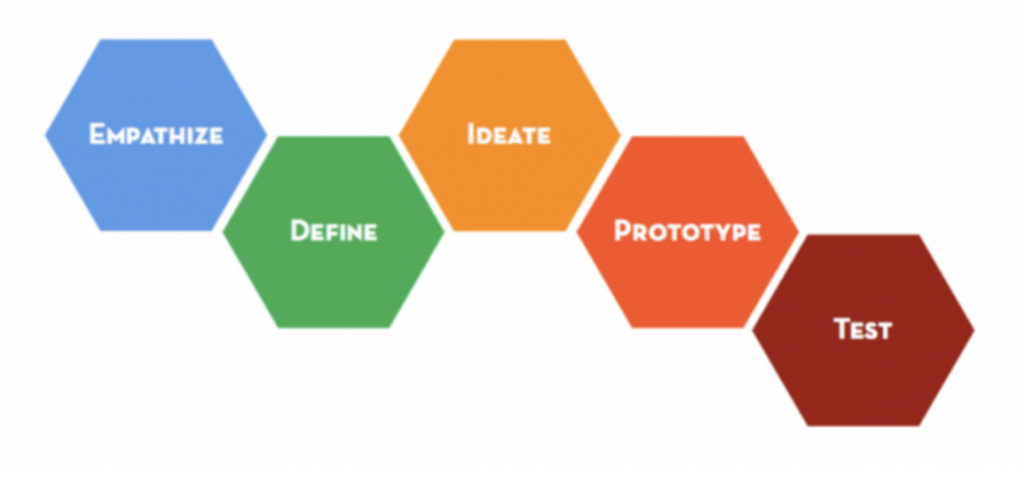
How Analytics Activates Your Brand Messaging Strategy
In 2014, “61% of executives cited data management as their most significant challenge.”
That’s unsettling news.
Why?
Because opportunities exist to create targeted branding campaigns with the help of analytics.
From learning about shopping preferences to observing website behaviors, data can aid companies with developing better brand messages.
It’s all about crafting the right strategic mix that will lead customers to your products and services.
In 2016, marketers will be challenged to incorporate data in buyer personas, website copy, and social media posts.
But that’s not a bad thing. The problem is HOW.
So, let’s explore how your business can infuse analytics into your marketing strategy.
Centralize fragmented data
Customer data is collected from multiple sources: social media channels, mobile apps, and CRMs. However, if you were seeking a specific data point, would you know where to find it?
Probably not. Most data is scattered in various databases throughout your organization.
And the only person who knows where to locate it is currently on vacation. This makes it harder for you and other teammates to track the success of your campaigns.
Source
That’s why it’s so important to combine and arrange customer data into a systematic order. Centralization makes it possible for brands to access and monitor consumer information from a particular location.
 Source
Source
A study by the Chief Marketing Officer Council and Tealium revealed “that business and marketing performance improvements are directly related to having a formal roadmap for managing digital marketing technologies and integrating the data produced from multiplying customer touchpoints.”
If you can’t find the data, you can’t customize your strategy to meet the consumer’s needs. You end up wasting time tracking down the data, instead of extracting key insights from it.
Mark Harrington, VP of marketing at Clutch Holdings agrees:
“Having the ability to centralize and synthesize all this consumer data on an ongoing basis so it can be effectively analyzed and segmented is critical to understanding consumer preferences, activities and decisions. This then allows the marketing organization to build strategic, personalized, automated campaigns to effectively engage and motivate customers.”
To adequately engage your consumers, get a handle on your data. Avoid spreading your data across systems that show fragmented customer perspectives.
Invest in consumer management technology that centralizes all your data streams and helps your team execute targeted efforts.
Not taking action on data centralization will cost your business its competitive advantage, a decrease in brand loyalty followed by shorter customer lifecyles.
Bottom line: Centralize or lose.
Understand the customer’s needs
After you’ve located and segmented all that data, it’s time to actually analyze it. Your team should find gaps in your current marketing strategy.
Figure out your customers’ needs. Then, satisfy those demands within your brand messaging.
For example, your SaaS sells accounting software to small businesses. The data shows that your customers are experiencing an influx of temporary workers due to the holiday season.
Instead of offering content like, “5 Holiday Tips for Small Businesses,” it would better serve your clients if your team developed content around how to add independent contractors to their payroll systems. Or produce a webinar showing clients how freelancers affect their taxes.
Here’s a case study video featuring Lauren Wheeley, owner of The Perfect Little Wedding Company. She discusses “the importance of gathering in-depth details from your customers through regular communication.”
Data helps us uncover those hot-button topics in order to acquire and maintain customers. Rather than blanketing consumers with broad subject matter, you company can have one-on-one discussions that offer solutions.
Infusing data into your brand messaging also makes your story more credible. It builds trust and improves your reputation in the industry. When people believe in you brand, they are more likely to share your content and become customers.
To encourage potential consumers to explore your data, Visage reports that “clean, compelling and credibly sourced visuals” will help draw your audience into the content.
 Source
Source
However, make sure your visuals are objective. Stay away from bias.
American statistician Edward Tufte found several charts that misled its viewers. To remain objective, follow these tips:
- Add labels to avoid ambiguity.
- Match graphic dimensions with data dimensions.
- Use standardized units.
- Don’t let design elements compromise the data.
Remember: Spice up data with some creative images, but avoid misleading your audience.
In the end, your brand message is all about serving the customer based on their desires. Your business must learn to use data to discover uncharted paths.
So, target your customers’ preferences with data, and build trust by giving them what they need, not what you think they want.
Solve the real problems
After understanding the customer’s needs, your team should focus on solving the customer’s real problems. Don’t get bogged down with red herrings.
What does that mean?
Well, for example, just because a consumer hates brushing their teeth doesn’t mean their toothbrush sucks. Maybe it’s the toothpaste or their brushing techniques.
Source
As marketers, it’s easy to draw quick conclusions. That’s where data steps in to either prove (or disapprove) our assumptions.
Normally, we see analytics as a way to “change how someone makes a decision or takes an action.” You want to persuade, inspire, and lead customers to try your services.
However, in this case, the purpose of data is to help you identify loopholes or gaps in the market. You also may spot new product areas to explore because of the analytics.
Aaron Shapiro, CEO of HUGE, a digital marketing agency, believes the “best products solve real problems in users’ lives.”
He suggests solving for inconvenience. Since our society is full of time-wasting activities, charge your team with the task of creating new ways to make life easier.
What are your customers complaining about? What annoys the heck out of them? There’s opportunity to provide that convenient solution.
For instance, consumers carry a lot in their pockets. It’s a major inconvenience to transport a phone, keys, and wallet.
So, Distil Union created the Wally Wallet Case. It’s a wallet that actually sticks to the back of your phone. This product eliminates an entire pocket full of annoyances.
 Source
Source
Shapiro also recommends solving for inefficiencies. Grocery stores still waste plastic bags. Paper is misused when customers don’t want their receipts. eCommerce shoppers take multiple steps to make just one purchase.
How can your company eliminate these inconsistencies and irritations? Can you make the process or the product faster?
If you’re seeking a new approach to solve problems, integrate design thinking into your data strategy meetings. The human-centered design process lets you dig into the real issues and find unique solutions.
 Source
Source
To be different, your company must think differently. It’s the best way to dominate your competitors.
Deliver the right message
Okay, your team is solving the real problem. But who’s actually listening?
If the message doesn’t resonate with the customer, you run the risk of it falling on deaf ears. A responsive brand knows its audience and utilizes data to enhance the digital relationship.
Use analytics to identify the right mediums to connect and communicate with customers. It involves establishing the perfect combination of messaging through the right communication channel.
Design targeted brand messaging that centers around a theme. Try synchronized marketing. It’s the “idea of focusing communication around a ‘singular brand idea’ that’s developed and sustained through a collaborative effort of your organization.”
To start the process, Courtney Christman, an inbound marketer at Mainstreethost, suggests asking the following questions:
- What’s your unique selling point?
- What can you provide your audience that others can’t?
- What’s your value proposition and how do you convey it?
For example, global hospitality company Hilton Worldwide builds its brand around delivering exceptional hotel guest experiences. Their branding is even synchronized with their loyalty program. Customers can redeem points to concerts and sporting events.
 Source
Source
Strive to achieve relevance. To differentiate yourself from the competition, your organization must constantly evolve and develop new ways to reach niche demographics.
And don’t make every marketing venture purely about your company. People don’t want to feel compelled to buy a car every time they watch a TV commercial.
Marketers are now responsible for creating brand narratives that include individual consumer stories. To recognize those interests, content must be personalized.
In the Persuasion and the Power of Story video below, Stanford University Professor of Marketing Jennifer L. Aaker says stories have more meaning when they are memorable and personal.
Data offers that chance to build customized messaging. By combining web, social, and email analytics, a single profile of the consumer can be built.
Tim Dunn, director of mobile and strategy at Isobar US, says, “It’s this kind of multifaceted data that might reveal, for example, that your given user likes both sports and fashion, in which case they can be served content relevant to both interests.”
To communicate effectively with your consumers, personalize brand messaging with data.
Jumpstart Your Strategy
Branding is necessary to establish the identity of your company. To properly build brand messaging, data must be immersed into the strategy.
Start by centralizing your company’s fragmented data. Focus on understanding the customer’s needs, while solving their real issues. And deliver the right message.
Activate your brand. Use analytics.








Solid post with great advice Gary.
The one thing that I’m seeing here is really a blurring of lines, between two problems: not being efficient targeting your customers and not serving your customers well.
Not being efficient targeting your customers doesn’t necessarily mean that your product or service isn’t meeting the needs of your customers. Yeah, you’ll probably have low conversion rates if you’re not targeting well, but your customers should still be in there, and will still be happy in the end, right?